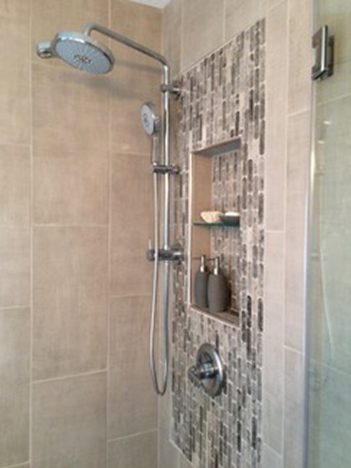Commentary by Randy Sorrell and Bill Bernard
This past weekend I spent time with four generations of family ranging in age from 18 months to 86 years old. We have a diverse family whose physical abilities span the full spectrum of movement. Some of us like to sit in comfy chairs and watch (or sleep). Some of us, from the moment we walk through the door, run around the house like a whirling dervish. Some of us prefer to be held.

Throughout the course of the day, we all needed to be able to make our way into the home, through the home and to use a bathroom. Some of us needed to be able to use the kitchen. Given the wide variance of developmental and physical abilities within our family, that’s asking for a lot accommodation. It isn’t asking too much.
My oldest son is studying to be a chef where the concept of “mise en place” permeates everything they do and learn. Mise en place is a French phrase that roughly translates to “everything in its place.” In the context of cooking school, it refers to a method of preparing and organizing ingredients to maximize a recipe’s efficient production. A place for everything, and everything in its place.
In the context of residential design, it refers to the considered and proper arrangement of spaces, fixtures and accessories in ways that allow for an ever-changing array of lifestyles. Finding ways to incorporate accessibility should be seen as an opportunity for greater inclusion. I want my father, my children and my grandchildren to be able to visit our home without concern. I prefer to focus my precious time on running through the house like a whirling dervish.
Let us help you stay home and not need to be moved.


